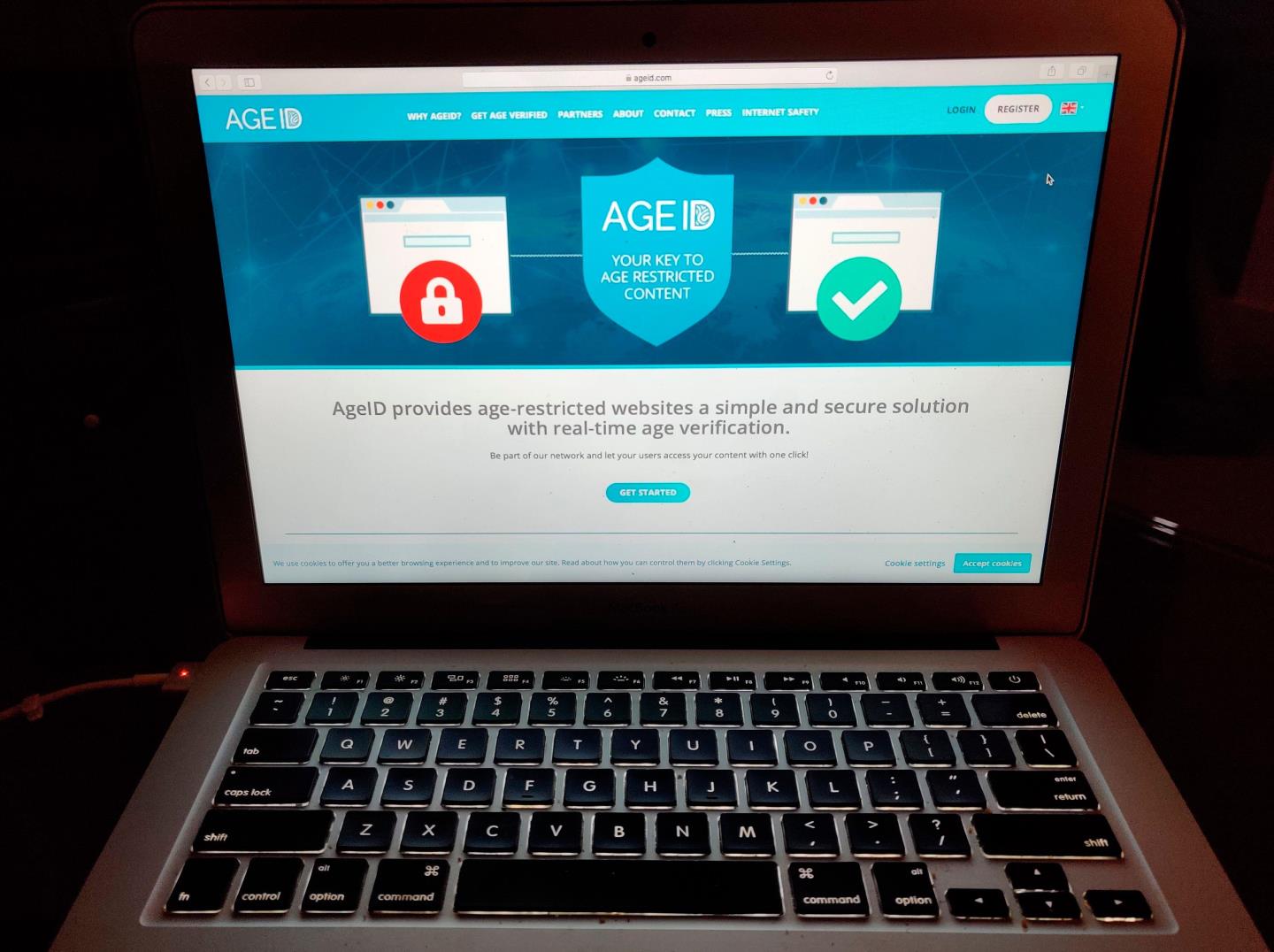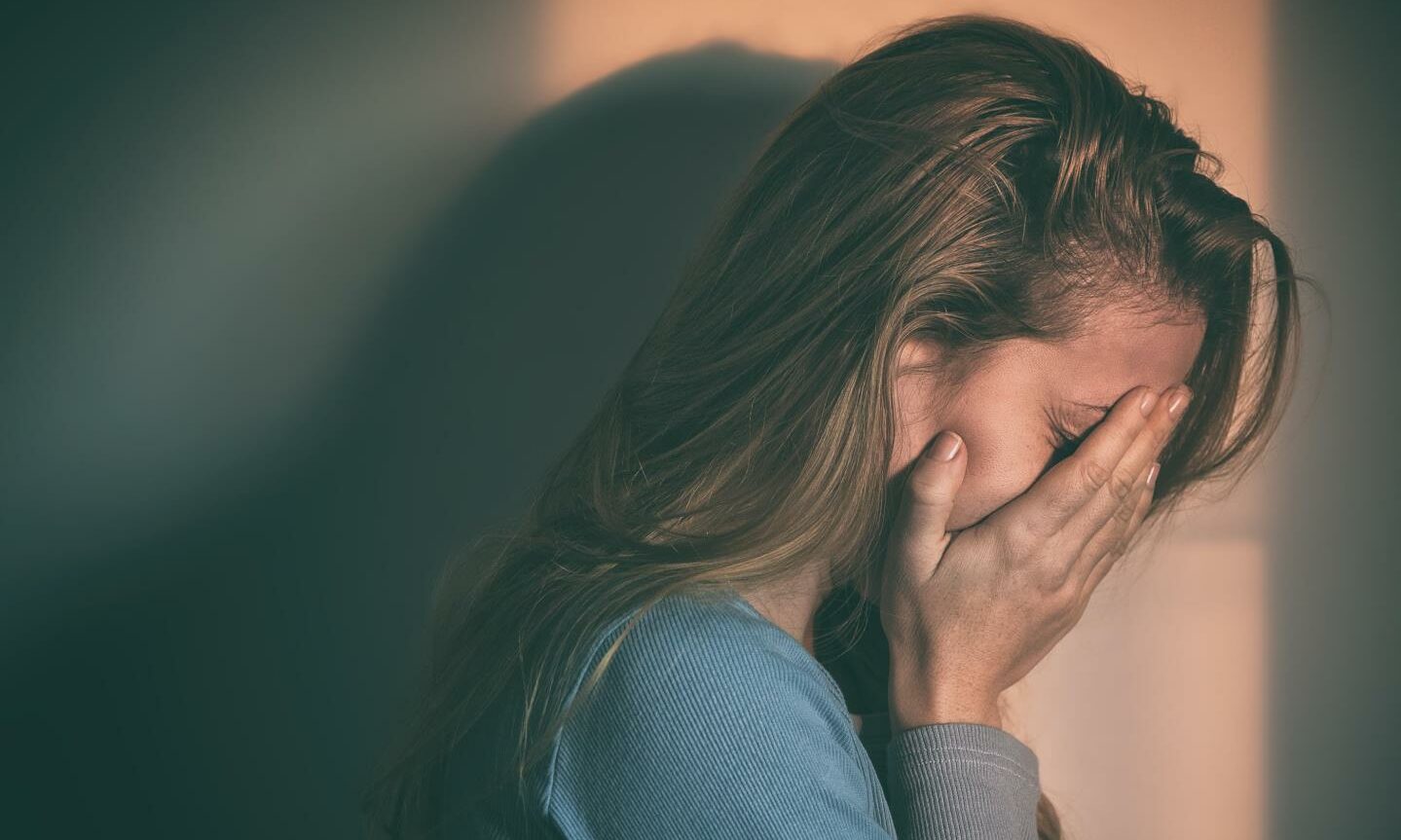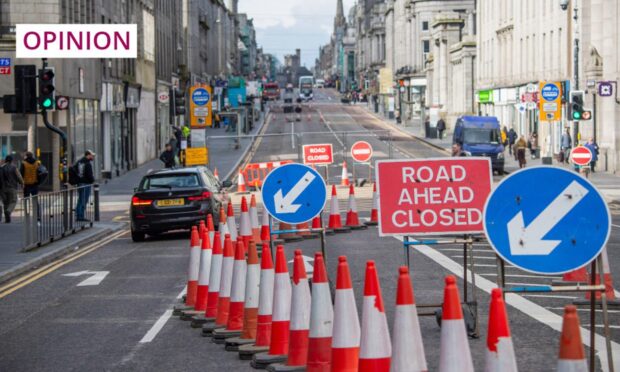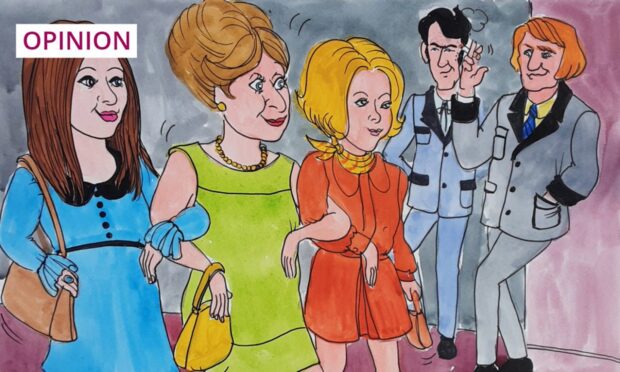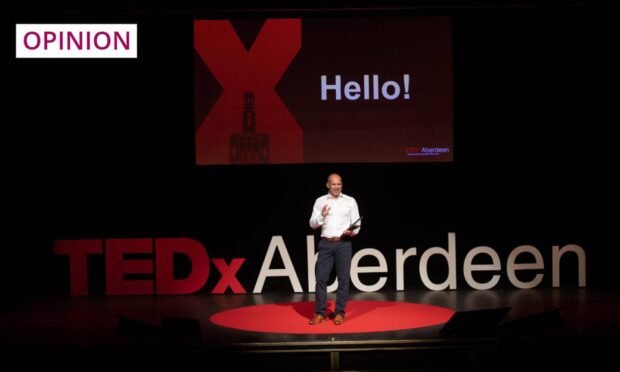The UK Government has said it will usher in age checks on porn websites through its forthcoming online safety regime.
New measures to be include in the Online Safety Bill will force sites that publish pornography to prevent underage access through age verification technologies.
In a statement coinciding with Safer Internet Day 2022 on February 8, UK Digital Minister Chris Philp said: “It is too easy for children to access pornography online. Parents deserve peace of mind that their children are protected online from seeing things no child should see.”

We’ve been here before. Protecting children from online porn was a Conservative manifesto pledge back in 2015. Age verification was provided for in legislation – Part 3 of the Digital Economy Act – and endorsed by parliament in 2017. It should have been a reality years ago.
We can reduce the likelihood of children stumbling across inappropriate content
Age checks aren’t a reality because ministers never actually enacted Part 3. The government delayed implementation, again and again. Then, in 2019, amidst huge protestations from child safety campaigners, it announced that it was abandoning Part 3 altogether.
The reasons for this aren’t exactly clear. Ministers cited issues with technology and enforcement. Some campaigners objected strongly to the idea of age checks on the basis that adults would have to show proof of age to access porn sites.
With the announcement of new age verification measures, similar protestations will be levied against the government. But they’re increasingly weak. Society is waking up to the profound harms open access to online pornography can cause children, and demanding action.
A large and growing body of evidence shows that pornography is addictive, gives children and young people unrealistic or dangerous attitudes towards sex, causes them to imitate violent or coercive sexual behaviour, and makes them more vulnerable to abuse.
Parents are scared. With the best will in the world, they can’t ensure their children are never exposed to disturbing content online. Measures that would at least reduce the possibility of children stumbling across porn sites are welcome.
Age checks can protect adult privacy and child safety simultaneously
Experts have also spent years designing age verification technology that is secure enough to protect the privacy and data of adults, whilst still providing robust protection to children.
The Age Verification Providers Association (AVPA) is an example of one such group. Last week, its executive director Iain Corby insisted a “double blind” method can be used to ensure user privacy, by concealing the user’s identity from commercial pornography sites and stopping the age verifier retaining any data identifying which website the user visits.
Around 60% of children say they have come across a pornographic website or pornography on social media accidentally
Critics say virtual private networks (VPNs) will allow young people to get around porn blocks. There is truth in this. However, it is no justification for inaction.
It is possible for kids to get around restrictions on buying alcohol, cigarettes and other age-limited goods, but no one is seriously suggesting we stop all age checks for those items.
We know that around 60% of children say they have come across a pornographic website or pornography on social media accidentally. Age verification would prevent this kind of exposure.
Government has a moral duty to act
The majority believe it is possible to do the right thing by children by bringing greater protections from disturbing online content, whilst still allowing adults to access porn sites.
We live in a world where people are required to prove their age when trying to purchase various adult products online. Porn should be placed in the same category, and appropriate barriers constructed.
More detail is needed from the government to confirm exactly how they intend to usher in age checks this time. The parliamentary process can ensure legislation is fit for purpose.
Amidst this scrutiny, ministers must remain resolute. They must not kowtow to campaigners who want to maintain free, no-holds-barred access to pornography, regardless of its harmfulness to children.
Ministers already have all the impetus they need. Porn is contributing to endemic harassment in schools. It is harming children’s mental health and relationships. It is leading to heinous sexual crimes.
The government has a moral duty to act. Failing to do so for a second time would be a betrayal.
Jamie Gillies is a campaigner and political commentator
UK Government must close commercial pornography loophole or risk the safety of children and women

